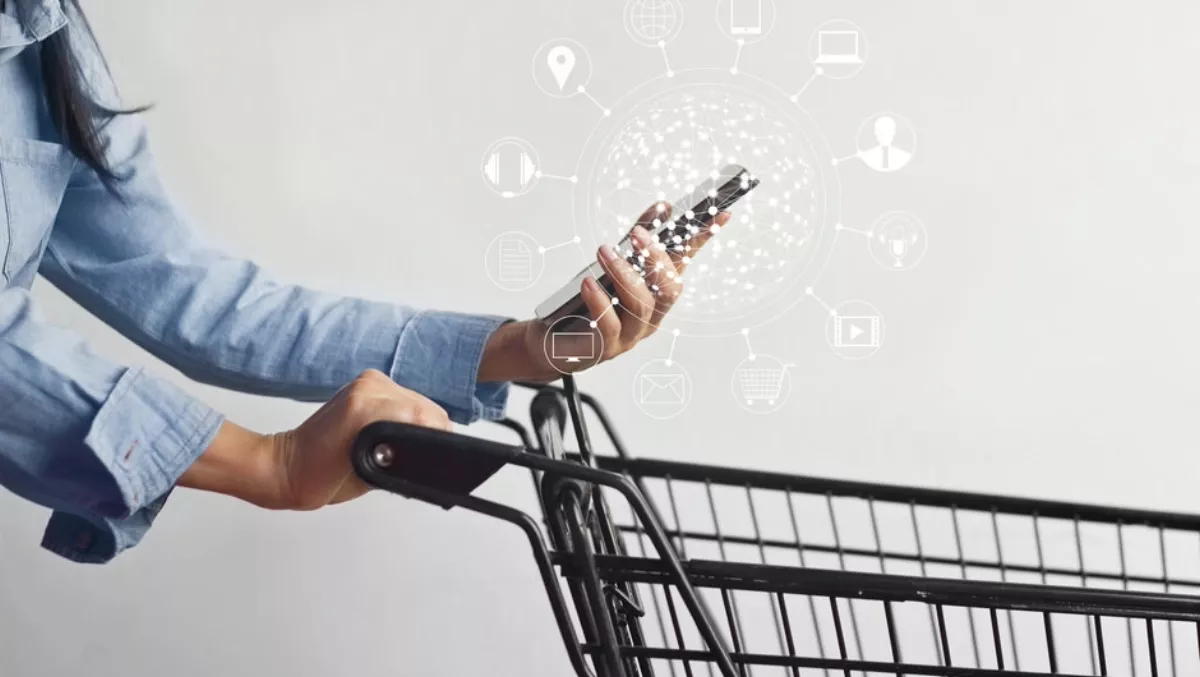The 2019 Riverbed Retail Digital Trends Survey of 1,000 Australian consumers reveals that brick-and-mortar retailers are more apt to grow and maintain a loyal customer base if they invest in the digital experience they offer shoppers both online and in-store.
The survey explores insights and perspectives of consumers regarding the digital retail experience and what they desire from retailers to stay engaged, satisfied and loyal.
A vast majority (87%) of Australian consumers say a positive digital shopping experience impacts brand loyalty just as much as their prices, and 79% believe brick-and-mortar retailers have a short, three-year window to provide shoppers with strong digital experiences in order to remain competitive.
This is significantly higher than what retailers said in Riverbed's 2018 survey of retail decision makes, which found only 56% of Australian retailers think their company will need to adopt new technology in the next three years to evolve and stay competitive.
"With customer expectations continually on the rise, delivering a positive digital experience to consumers has never been more critical to retail success," says Riverbed ANZ vice president Keith Buckley.
"This doesn't mean retailers must invest in every new technology that comes along, but what we are hearing is that near-term IT investments that boost the online and in-store experience will be the sweet-spot to giving customers the best experience possible. Overwhelmingly, investing in digital is proving to be a key driver to customer loyalty."
One of the biggest problems brick-and-mortar retailers face today is declining foot traffic, which is driving closures of physical stores.
However, brick-and-mortar retailers have a huge opportunity to attract new customers to their stores, as 42% of Australian consumers say they have specifically visited a store for the first time because of the enjoyable online digital experience that the brand provided.
That number jumps to 60% for Millennial shoppers.
The ability for sites/apps to load quickly (60%) is considered the most important online feature, followed by an appealing design including photos/videos (57%).
The next most important online features include:
- 46% - Ability to shop online and pick-up instantly in-store
- 39% - Digital coupons, online rewards, and loyalty apps
- 37% - Access to consumer reviews
- 37% - Quick access to customer service via chat
- 25% - Interactive features that allow consumers to design or customise outfits, room designs, etc.
The most popular digital offerings that consumers typically take advantage of while shopping in-store include in-store Wi-Fi (30%), opting for digital receipts via email at check-out (24%), using a store-specific mobile app (22%), and using third-party mobile apps for things like digital coupons, discounts or price comparison shopping (18%).
However, getting consumers in the door for the first time will require investing in new digital technologies or spaces.
66% of Australian consumers surveyed said at least one of the following digital or in-store experiences would appeal to them enough to shop at a brick-and-mortar store for the first time:
- 36% - Automated checkout sans sales associate
- 27% - "Smart" shelves with automatic sensors that maintain inventory
- 27% - Opening a "pop up" shop in a high traffic location
- 23% - Virtual or augmented reality
While 40% are positive on drone delivery (22% say it's cool and 18% think the concept is efficient), 60% are not (38% feel it's unnecessary and 22% think it's disturbing).
However, 55% of millennials are positive on drone delivery, with 31% saying it's cool, and 25% efficient.
For shoppers to be happier in-store over time, retailers will need to provide less, not more, human interaction.
While, overall, 84% of consumers say they would like to interact with humans rather than technology at least for part of the shopping experience, the picture starts to shift when it comes down to specifics.
For returns or help finding items in-store, 57% say they want to interact with humans rather than with technology. However, for making a purchase and getting shopping recommendations (or fashion advice), 58% and 67% respectively, would prefer to interact with technology versus humans.
16% said there is nothing they would rather interact with a human than a chatbot.
While consumers want great digital experiences, they are cautious when it comes to stores using their personal data to deliver a more customised experience.
A majority (66%) prefer not to sacrifice their personal data and receive a less tailored service, while 34% are willing to give up data for a more personalised experience.



